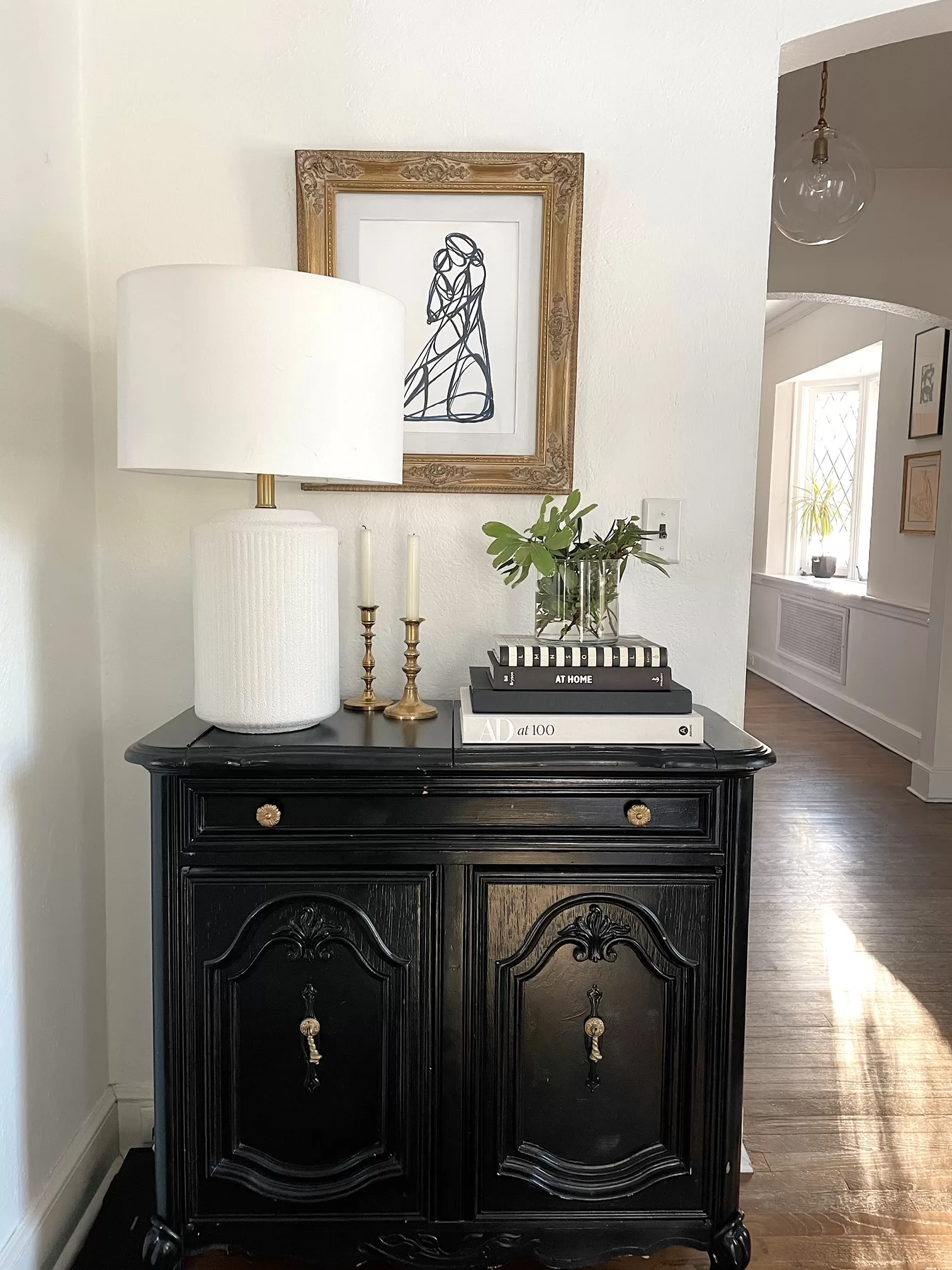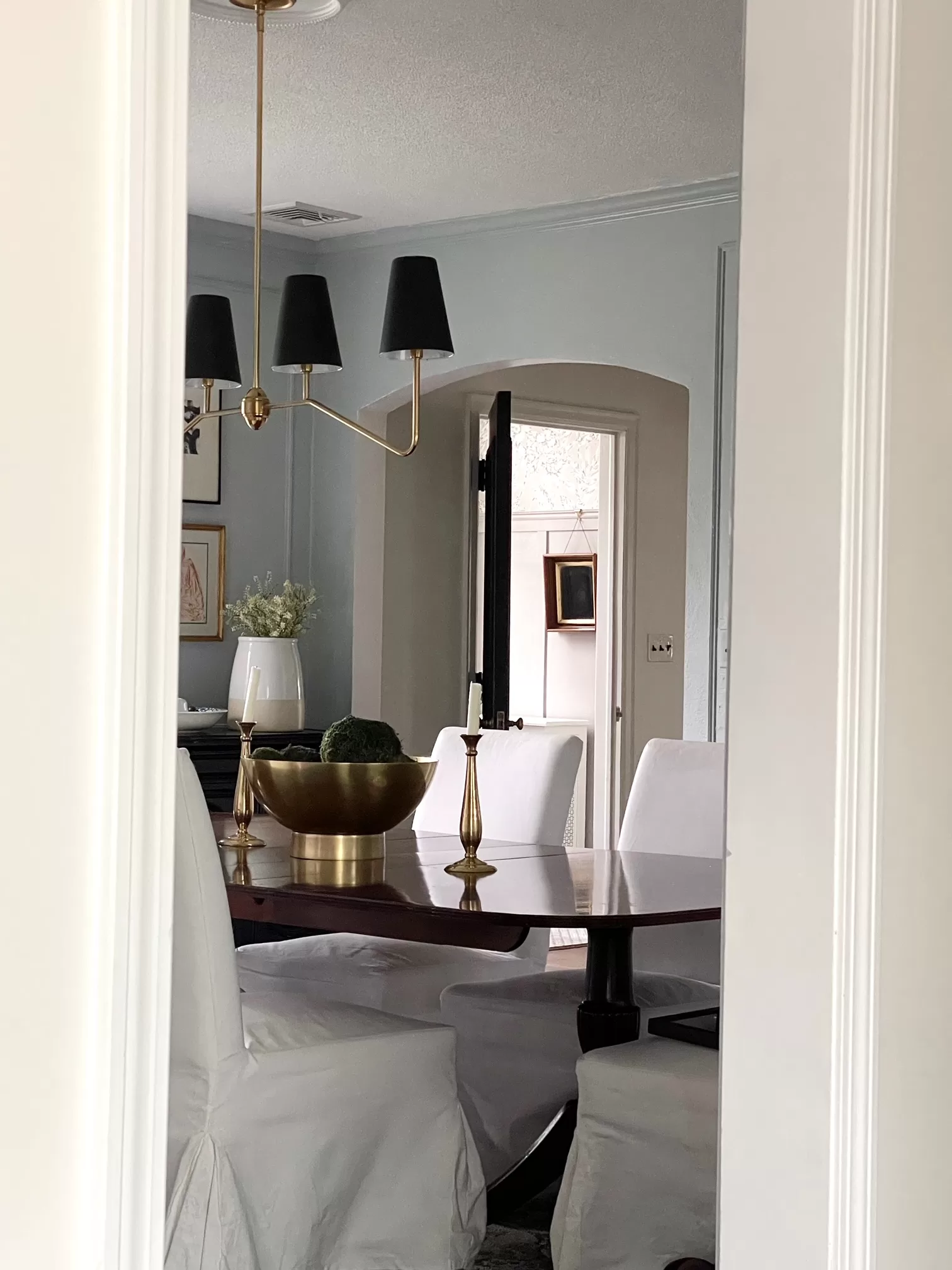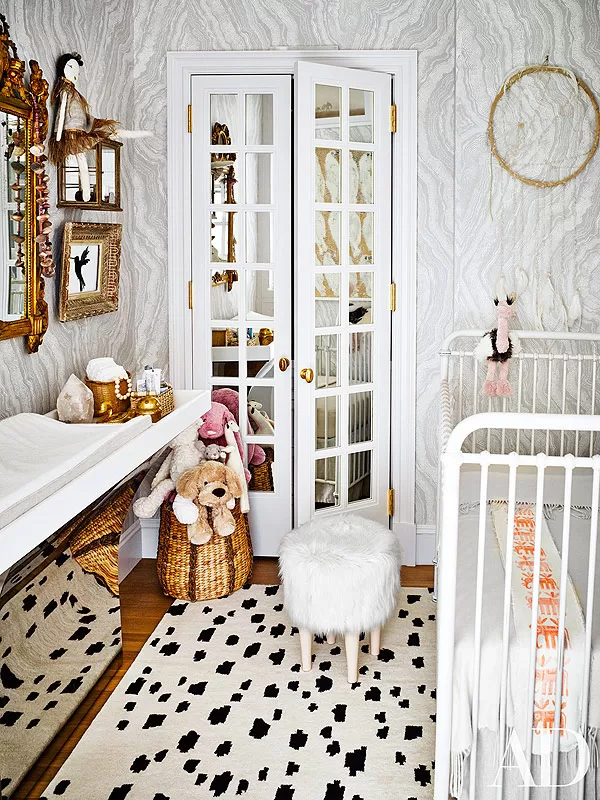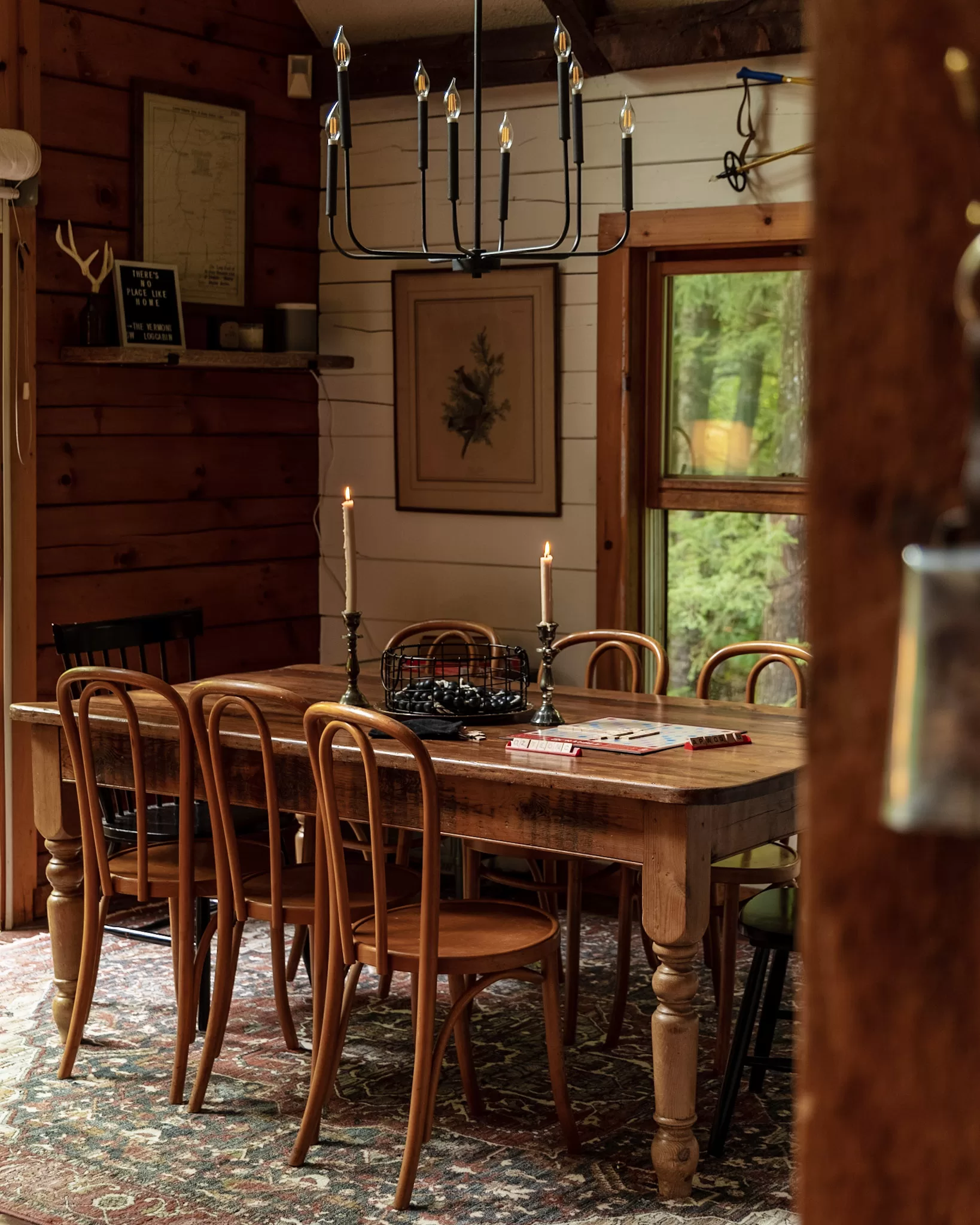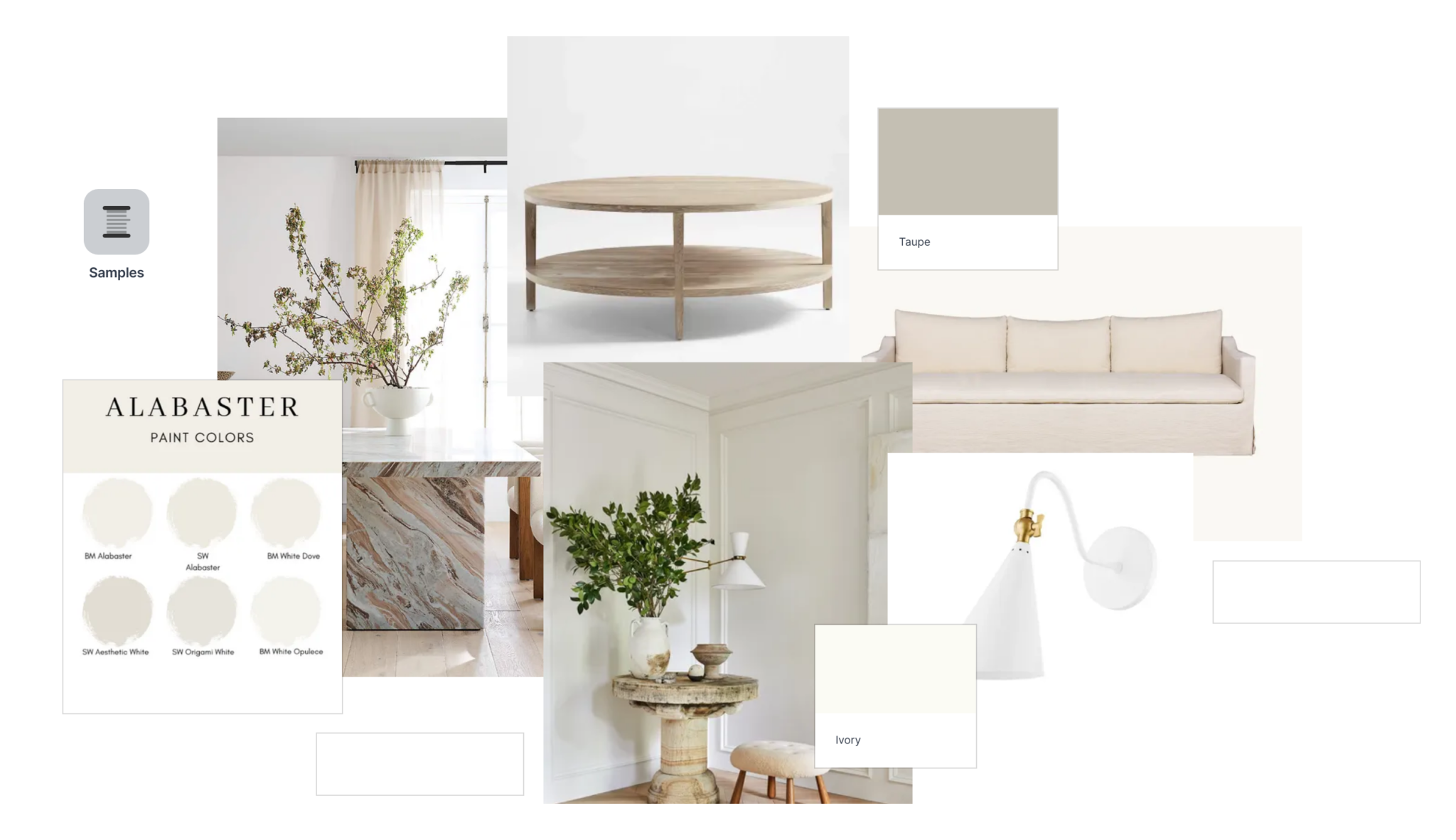Decorating Lessons From a Serial Mover

I move a lot. I’ve probably lived in 20 different dorm rooms, apartments and houses in the last ten years, not exaggerating. In college I moved back-and-forth between Boston and New York City every six months for internships. And then after college, I lived in New York, Chicago, and Boston and moved every year in each city (despite the fact that we actually bought two places in Boston, with the intention of staying awhile in each place).
If you’re a mover yourself, then you probably already know that no two spaces are alike. Each time I move, it seems like I have to buy a new couch because the old one is too big (or too small), or we suddenly have a dining room when we hadn’t had one at the last place, or at the very least, the style of the new space is totally different from the last.
Redecorating 20 times has made me pretty OK at it. I wouldn’t call myself an interior designer, but after I decorated our last house, I was told “it looked like a magazine” at least 5 or 6 times. (I consider this the ultimate compliment). I chalk my skills-ish up to lots of trial-and-error over the years.
Here are some of the biggest decorating lessons I’ve learned as a serial mover.
1. Let the space be your guide. As I mentioned, I’ve lived in a lot of places with a lot of different styles. From a small loft in New York City, to a brand new, modern apartment in Chicago, to a 1950s Cape-style home in Boston. Each time I moved, I changed my decor to suit the space. Because the black and white color scheme I had in our modern Chicago home went perfectly with the black and white marble kitchen, and minimalist finishes, but would never work in our classic 1800s brownstone apartment in Boston. Unless you’re a professional interior designer, the best inspiration for your decor will be the bones of your home.

2. Measure, measure, measure. I can’t tell you how long it took me to realize that I couldn’t just go to Ikea and pick stuff out on whim, and then expect it to fit perfectly into a space. Measuring the room you’re working with sounds like a simple concept, took me a few years and lots of over-stuffed spaces to grasp. The importance of buying furniture that is the right scale for a room–and for the surrounding pieces–cannot be overstated. For one, an eight-foot long, La-Z Boy style couch (please don’t ever buy a La-Z Boy couch, this is just an example) will look like it’s eating a clean-lined, 30-inch glass coffee table. Plus, there’s nothing more annoying than rounding a corner ever morning and walking straight into the corner if your couch.
Two of my favorite tools for space planning: floorplanner.com, and this great room planning guide from Apartment Therapy.

3. Don’t ignore the finishing touches. Each place I’ve lived in has taught me a lesson in design. For the first few years, I was never quite satisfied with my spaces. They never really felt finished, and looking back on them now, I realize it’s because they weren’t. True, you need to make sure you love your larger pieces and that they work for your space, but a room that feels complete comes down to the details. Area rugs, curtains, wall art, stacks of books, a coffee table vignette — these are the things that pull your design together and bring personality to a space. Otherwise, it will end up looking like a furniture showroom.

4. If all else fails, stick to a color scheme. What I’ve come to learn it that the easiest way to make a room look like you actually know how to decorate it to choose a color scheme and stick to it. I have tendency to choose an eclectic assortment of furniture — a modern chair and a traditional table, or a classic sofa and a midcentury arm chair. But I’ve come to realize that these things can totally work together, as long as they have a common color scheme. I have grown more and more fond of neutrals with one or two accent colors mixed in. I love black and white with pops of blue or kelly green, or a softer palette of gray, cream, and shades of blush pink and navy.
I’m already obsessively planning the decor for our new Seattle apartment, which has gone though about 5 makeovers already and we haven’t even moved in. I’ll share my moodboards and the pieces I finally ordered soon!

